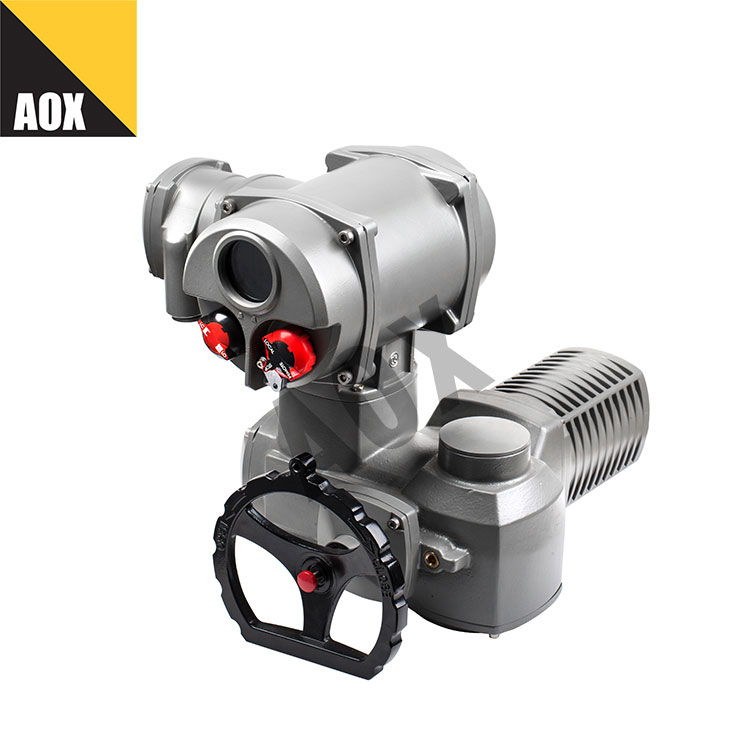Understanding Pneumatic Actuators: Principles and Applications
2024-07-22
Understanding Pneumatic Actuators: Principles and Applications

Introduction
Pneumatic actuators are essential components in various industrial applications, transforming compressed air energy into mechanical motion. Their simplicity, reliability, and efficiency make them a preferred choice in many automated systems. This blog will delve into the principles behind pneumatic actuators, their types, and their wide range of applications.
What is a Pneumatic Actuator?
A pneumatic actuator converts energy stored in compressed air into mechanical motion. This motion can be linear or rotary, depending on the actuator design. Pneumatic actuators are valued for their simplicity, durability, and the ability to deliver rapid and powerful movements.
Principles of Operation
The operation of pneumatic actuators is based on the principles of pneumatics, a branch of mechanics that deals with the movement and control of gases. Here's how they work:
1. Compressed Air Supply: Compressed air is supplied to the actuator through a control valve.
2. Pressure Chamber: The actuator has a pressure chamber where the compressed air is directed.
3. Movement Generation: The increase in air pressure inside the chamber pushes a piston or diaphragm, creating mechanical motion.
4. Exhaust: The used air is then exhausted from the actuator, allowing it to return to its initial position for the next cycle.
Types of Pneumatic Actuators
1. Linear Actuators: These actuators produce straight-line motion and are commonly used in applications requiring pushing, pulling, or lifting. Examples include pneumatic cylinders and rodless actuators.
2. Rotary Actuators: Rotary actuators convert compressed air into rotational motion. They are used in applications requiring precise angular movement, such as in valve control and indexing mechanisms.
3. Diaphragm Actuators: These actuators use a flexible diaphragm to produce linear motion. They are often used in control applications where smooth and precise movement is necessary.
Applications of Pneumatic Actuators
1. Manufacturing and Automation: Pneumatic actuators are widely used in automated systems for tasks such as material handling, assembly, and packaging. Their speed and reliability make them ideal for repetitive tasks.
2. Valve Control: In process industries like oil and gas, pneumatic actuators are crucial for controlling the opening and closing of valves, ensuring precise flow regulation.
3. Transportation: Pneumatic systems are used in transportation for applications such as braking systems in trains and buses, where quick and reliable operation is essential.
4. Robotics: Pneumatic actuators are used in robotics for tasks requiring precise and powerful movements, such as in robotic arms and grippers.
Advantages of Pneumatic Actuators
- Simplicity and Reliability: Pneumatic actuators have fewer moving parts, making them less prone to failure and easy to maintain.
- High Speed and Force: They can generate high-speed motion and significant force, making them suitable for demanding industrial applications.
- Cost-Effective: Pneumatic systems are generally more affordable compared to hydraulic and electric systems, both in terms of initial cost and maintenance.
Conclusion
Pneumatic actuators are indispensable in modern industrial automation, offering a combination of simplicity, reliability, and performance. Understanding their principles and applications helps in selecting the right actuator for specific needs, ensuring efficient and effective operation. In our next blog, we will explore the latest advancements in pneumatic actuator technology and how they are shaping the future of automation.


